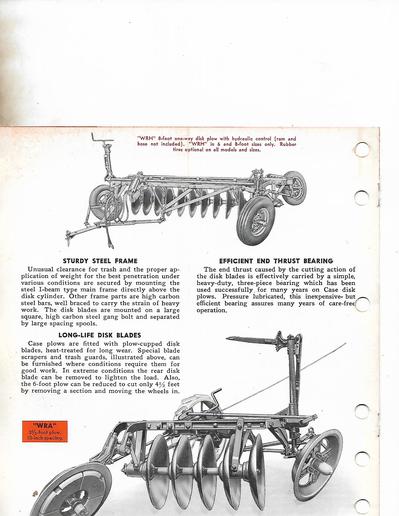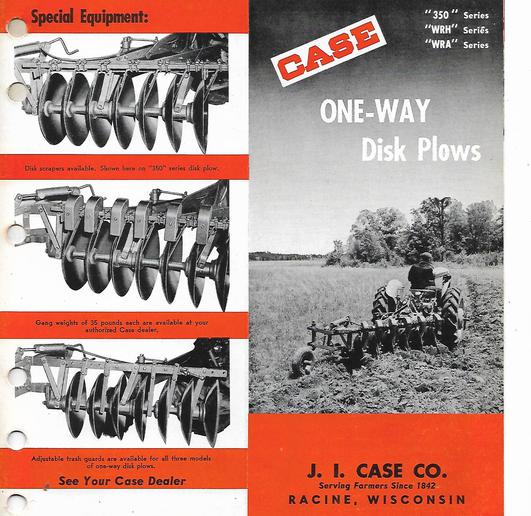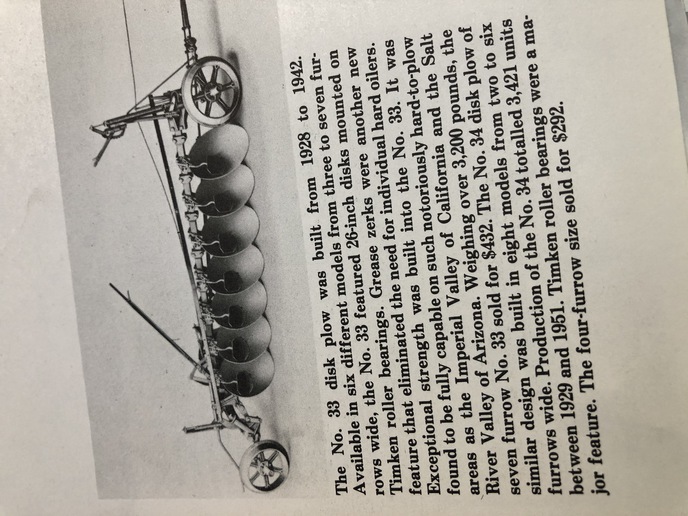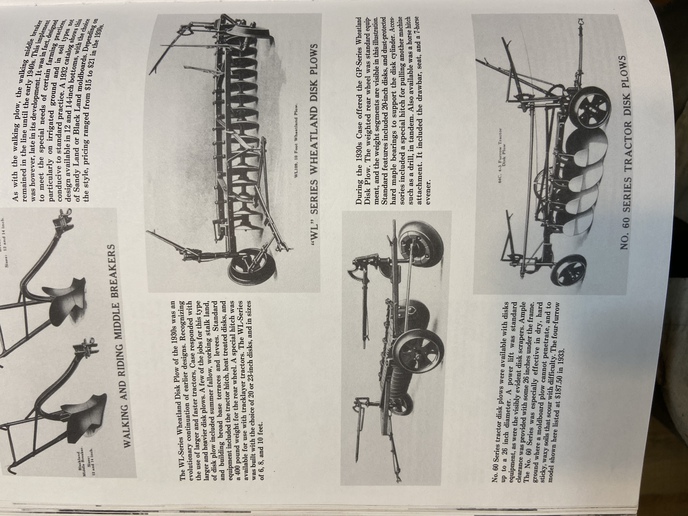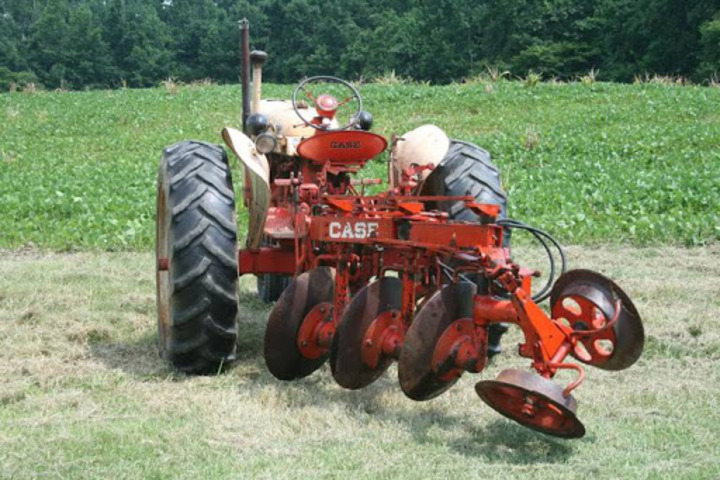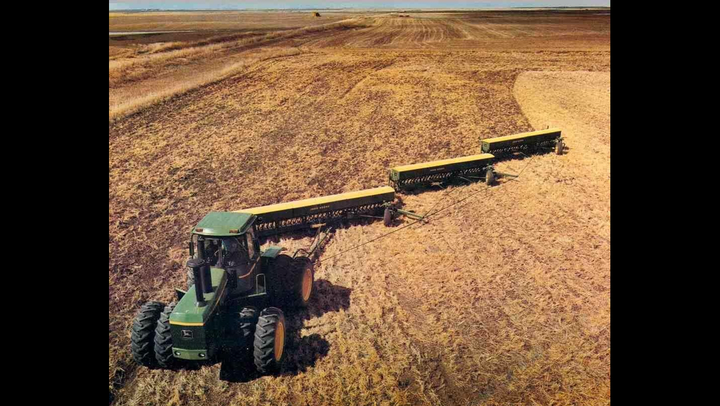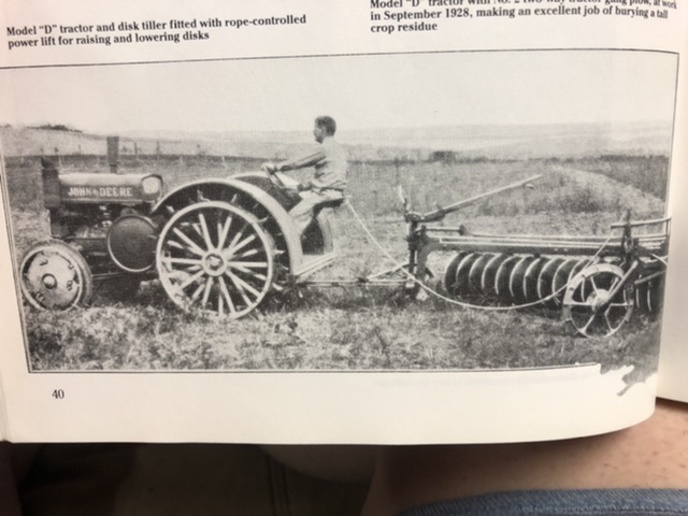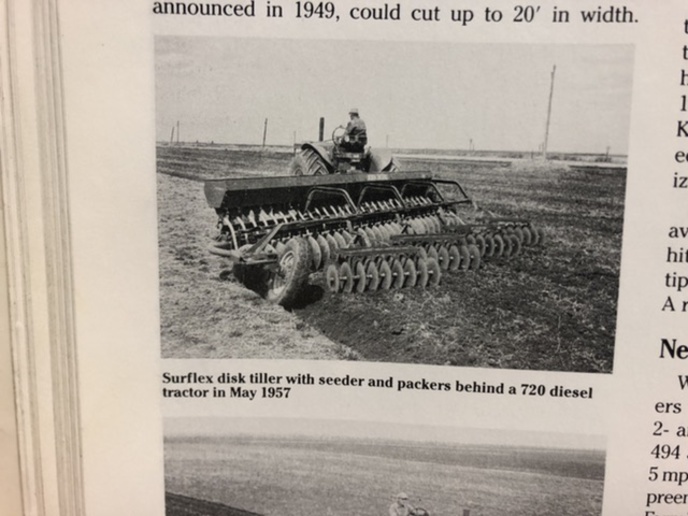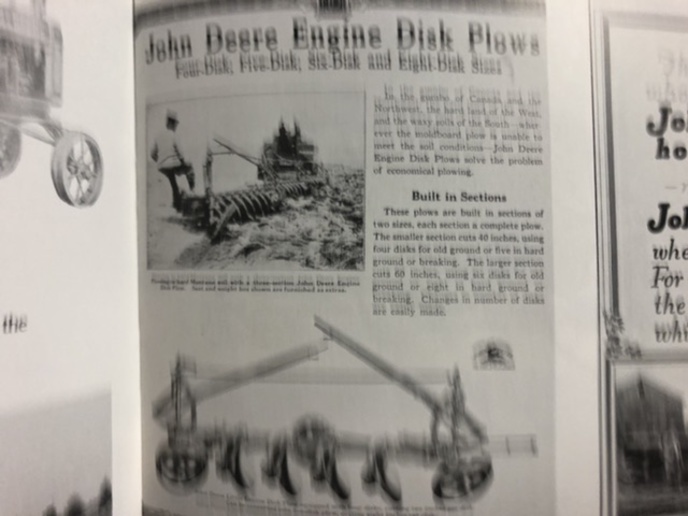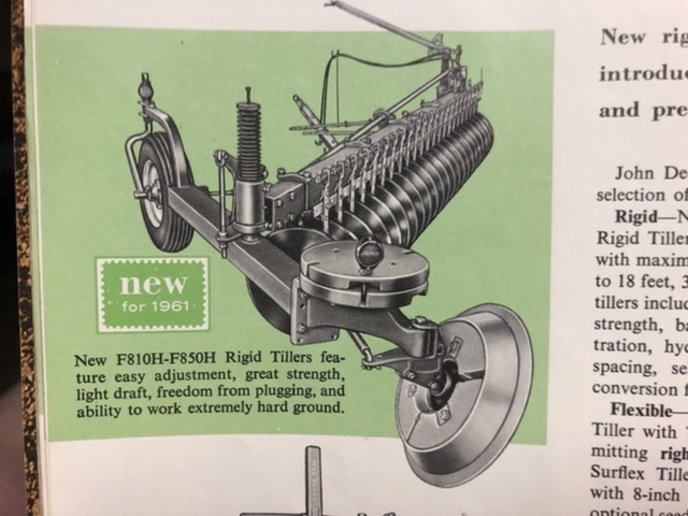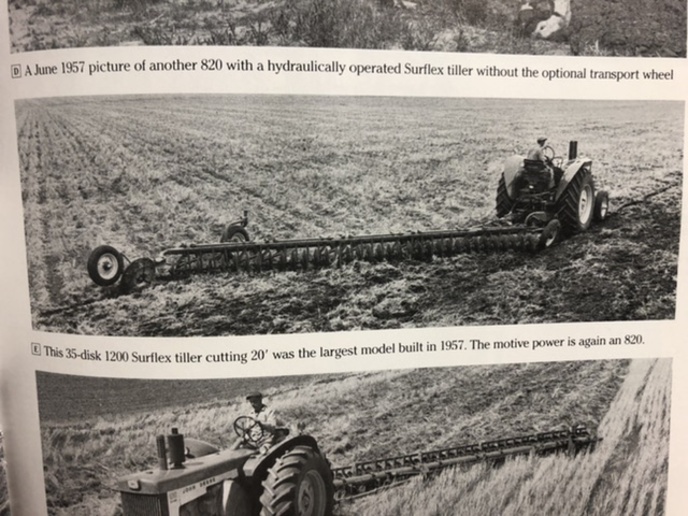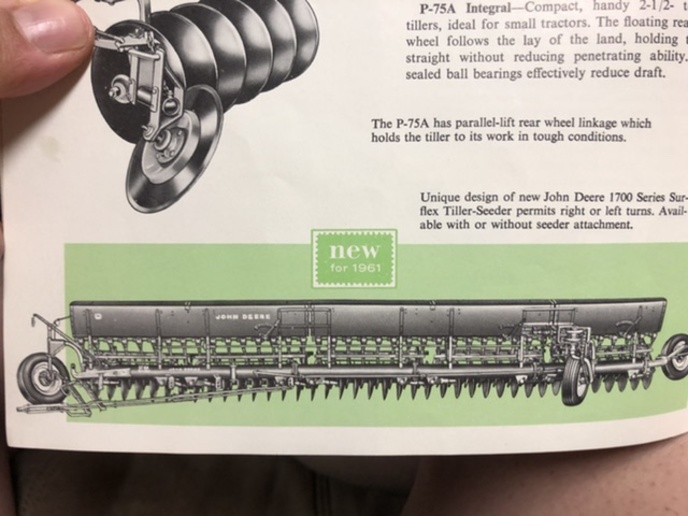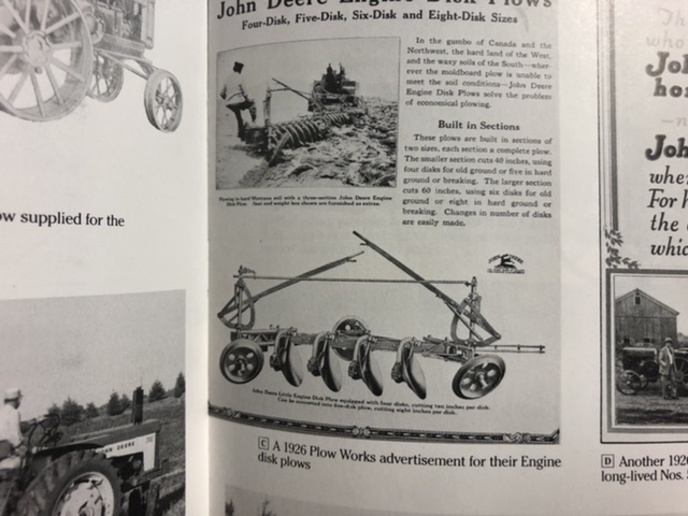OregonAaron
Member
Hello, I just drug this old set of discs out of the brush and I was wondering if yall could help me if identifying what type they are. There is remnants of green paint on them. Also one wheel has some sort of gearbox on it, but I'm not sure what exactly it does. I'm not very knowledgeable about implements, I raise cattle but dont grow hay. We actually dont have irrigation water rights, so it hasent been much of a possibility. I was hoping to use them to rough up the soil a bit before I seed some ryegrass. Ryegrass does excellent here and I want to improve the forage for our cattle.







